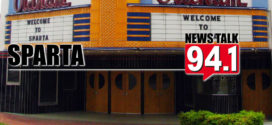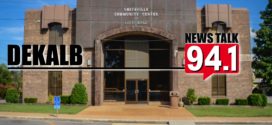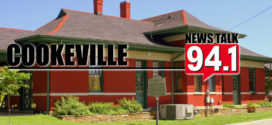It was a signature moment in Tennessee Tech’s history Friday as university officials and donors broke ground on Tech’s new engineering building.
The Ashraf Islam Engineering Building has started its two year journey of being constructed. Islam first arrived at Tech as an 18-year-old student. Fast forward some 50 years later to his donation of $3 million towards the project.
“With this new building, and this modern, state of the art facility that future students would be afforded an exceptional educational experience,” Islam said. “They will be better prepared in life, and hopefully, they’ll continue to inspire the next generation of engineers.”
The 100,000 square foot building will be built on a portion of Sherlock Park. President Phil Oldham said some 40 donors and state officials supported the vision. But most of all, engineering students helped make the facility happen.
“Engineering is important to Tennessee Tech,” Oldham said. “In fact, it is essential to Tennessee Tech. Now, it is true we have a lot more than engineering at Tennessee Tech, and we are very proud of each and every program that we have here at the university. But I say this unabashedly, Tennessee Tech will never be better than our College of Engineering. It is essential that our College of Engineering not just rests on its great history, but continues to strive for something way beyond that. That’s what this project is about.”
Vice President for Academic Affairs Lori Bruce said the building will provide a multitude of amenities. Bruce said she sees the newest engineering building as a cornerstone of the future.
“This building will enhance our university’s teaching programs and our research programs, and it will provide the needed space for our ever growing number of students in engineering and computer science,” Bruce said. “It is space for our students and our faculty to do what we are known for, what we do best, hands on learning.”
The $62 million project was mainly funded through state money and is the first new engineering building on campus in 50 years. It includes a common engineering hub and over 20 new lab spaces.
 News Talk 94.1/AM 1600 Where The Upper Cumberland Talks
News Talk 94.1/AM 1600 Where The Upper Cumberland Talks







